Water and dampness underneath your mobile home is an issue that needs immediate attention. Otherwise, it can lead to additional problems. We have compiled a list of successful methods of eliminating wet conditions underneath a mobile home.
Dirt crawlspaces are common under mobile homes and are susceptible to dampness because the dirt can hold moisture, especially after a water flood. You can use several methods to dry out the area and reduce or eliminate the moisture underneath your mobile home. Below is a list of suggestions:
- Let it dry naturally
- Lime
- Fans
- Dehumidifier
- Sump pump
- Alter the grade work
- Call a professional
This article will discuss more information about drying out water and reducing moisture underneath a mobile home. We will also look at possible issues related to water under a mobile home and ways to prevent damage.
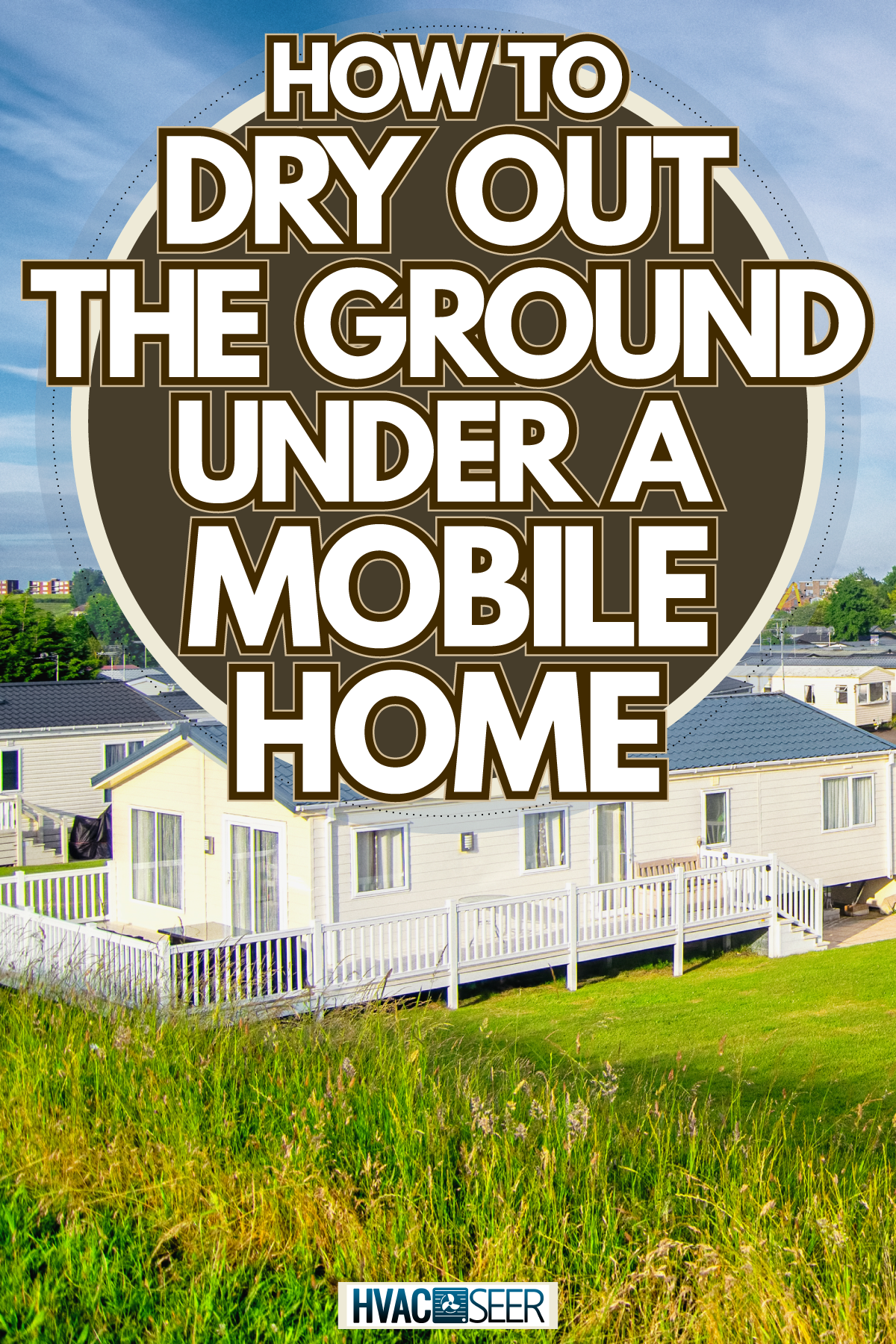
Unwanted Water And How To Dry It Out
Quickly drying out water underneath your mobile home is critical, but even more important is finding and addressing the source of the water and fixing it so that the problem doesn't happen again.
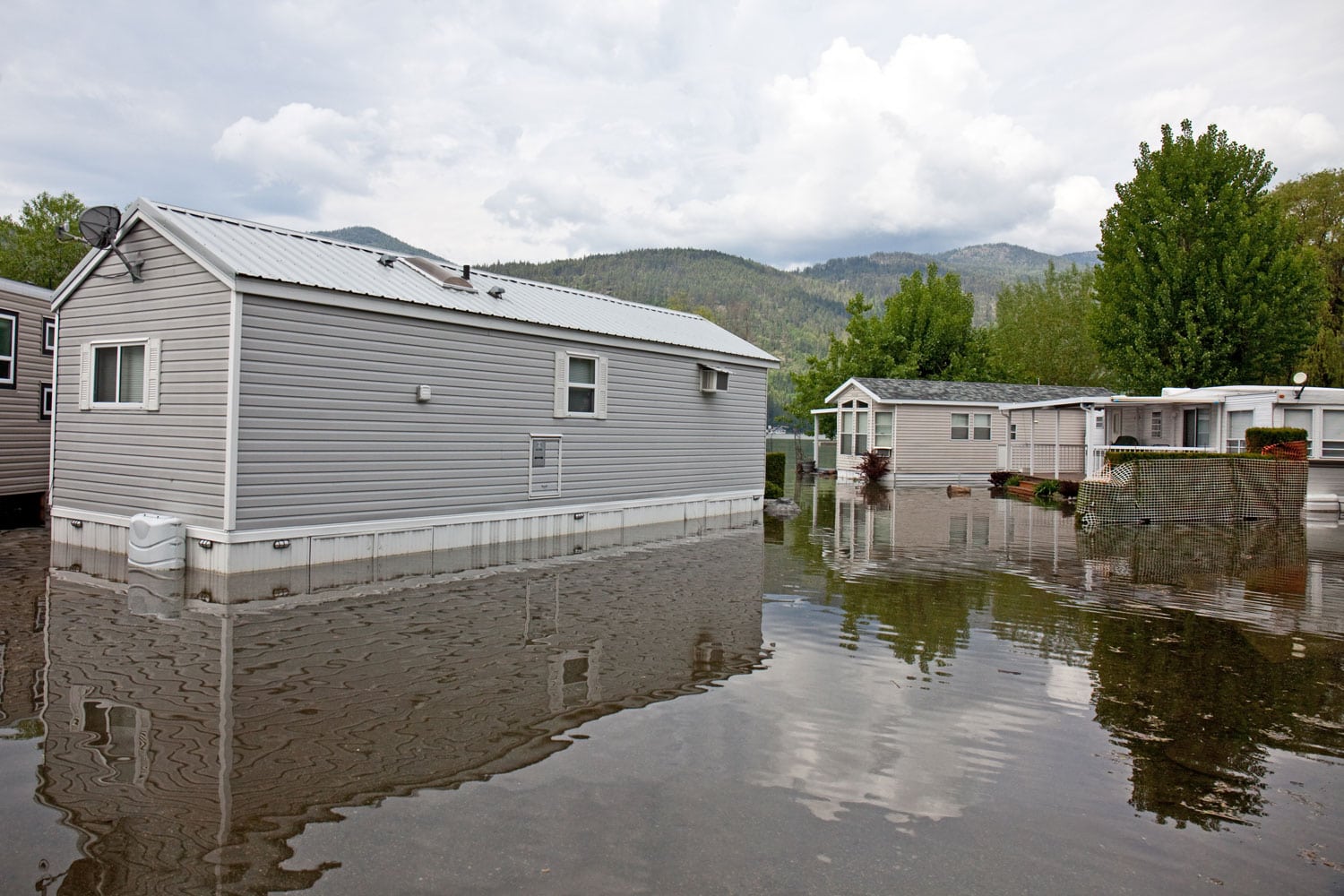
Most water underneath a mobile home comes from plumbing issues within the trailer or nearby utility lines. Other possible causes include grade work not appropriately done, living in a flood-prone area, runoff from your roof not diverted by gutters, high humidity, or groundwater in the soil around your mobile home.
Now we'll talk more about what you can do to dry out the groundwater under your mobile home.
Let It Dry Naturally
If the ground is only slightly wet after exposure to a water leak, it should dry naturally within a couple of days. However, you do need to remove anything saturated in water.
Let these items dry in the direct sunlight until completely dry, especially if they need to go back under the home. Remove the skirting to allow airflow to dry the ground faster to speed up the process.
Lime
You can add lime to the muddy ground to help dry it out. Quicklime or hydrated lime is inexpensive and very effective at drying up muddy ground quickly. Construction companies commonly use it to dry up mud after hard rains so that work can continue.
The lime has to be spread, mixed with the soil, and then compacted to work correctly. However, lime can cause skin irritation and burns, so you need to take safety precautions when using it.
Fans
If your water issue is more than what will naturally dry, you can use industrial fans to circulate air, allowing the ground to dry more quickly. Special fans called floor blower fans have a unique design that funnels airflow specifically to the ground level for fast-drying action.
While specially designed for drying carpet and indoor flooring, they can still be effective in drying out the area underneath your mobile home. You could also use high-velocity industrial fans in place of blower fans or both together to increase air circulation.
Find floor drying fans on Amazon.
Dehumidifier
In areas with high humidity or natural ground moisture, a dehumidifier can help reduce or eliminate the water in your crawl space before it gets into your home.
However, the type of dehumidifier you need under your mobile home is not the same as the kind you would use inside your home. It is one designed for a crawlspace, and it usually requires installation by a professional waterproofing specialist.
Sump Pump
Sump pumps are a good idea if you have groundwater or continuous flooding that you cannot control. Program them to remove water when a set level is triggered so your crawlspace is constantly monitored.
Installation can be a DIY job, but extensive setups that include wells and perimeter ditches can require professional installation.
Alter The Grade Work
If the grade work for your home site is the issue, you may need to hire a reputable heavy equipment operator to come in and alter the grade work so that water flows away from your home.
Additional grade work might seem to be a costly solution, but a consistently flooded crawl space or continual standing water around your home may cost you more in damage from mold or rot in the long run.
Call A Professional
Suppose the moisture issue isn't responding to any of the suggestions above. In that case, it may be time to call in a professional company that specializes in waterproofing basements and crawl spaces. Many offer a free inspection.
Further, they will have the knowledge and skills to assess the situation and provide a long-term solution. Plus, they have commercial-grade equipment to dry out the crawlspace and waterproof your home against future moisture issues.
Should I Put A Vapor Barrier Under My Mobile Home?

Mobile home manufacturer installation guidelines and HUDregulations require the installation of a ground cover vapor barrier under a new mobile home when the home is enclosed by skirting or underpinning. However, when retrofitting homes installed before 2008, it isn't required.
Therefore, if your mobile home does not have a ground cover vapor barrier installed, it is strongly recommended that you add one, especially if your home site naturally stays moist due to natural groundwater or high humidity.
There are two kinds of barriers that you can install to protect your home against moisture. The first is a required ground cover discussed earlier, and the second is a vapor barrier stapled to the underside of your mobile home.
An approved ground cover vapor retarder is a 6-mil thick polyethylene sheeting stretched out to cover the entire area underneath the mobile home, excluding open decks, porches, or recesses, making sure any joints must have a minimum 12-inch overlap.
Find 6-mil thick polyethylene ground cover on Amazon.
The second type of vapor barrier is stapled to the underside of the home and prevents moisture vapor from permeating the home's living area. It also protects the insulation and underbelly of the mobile home.
Three classes of barriers exist in this category rated by the permeance level. For each classification, different materials work to use as a barrier.
What Damage Can A Water Leak Cause?
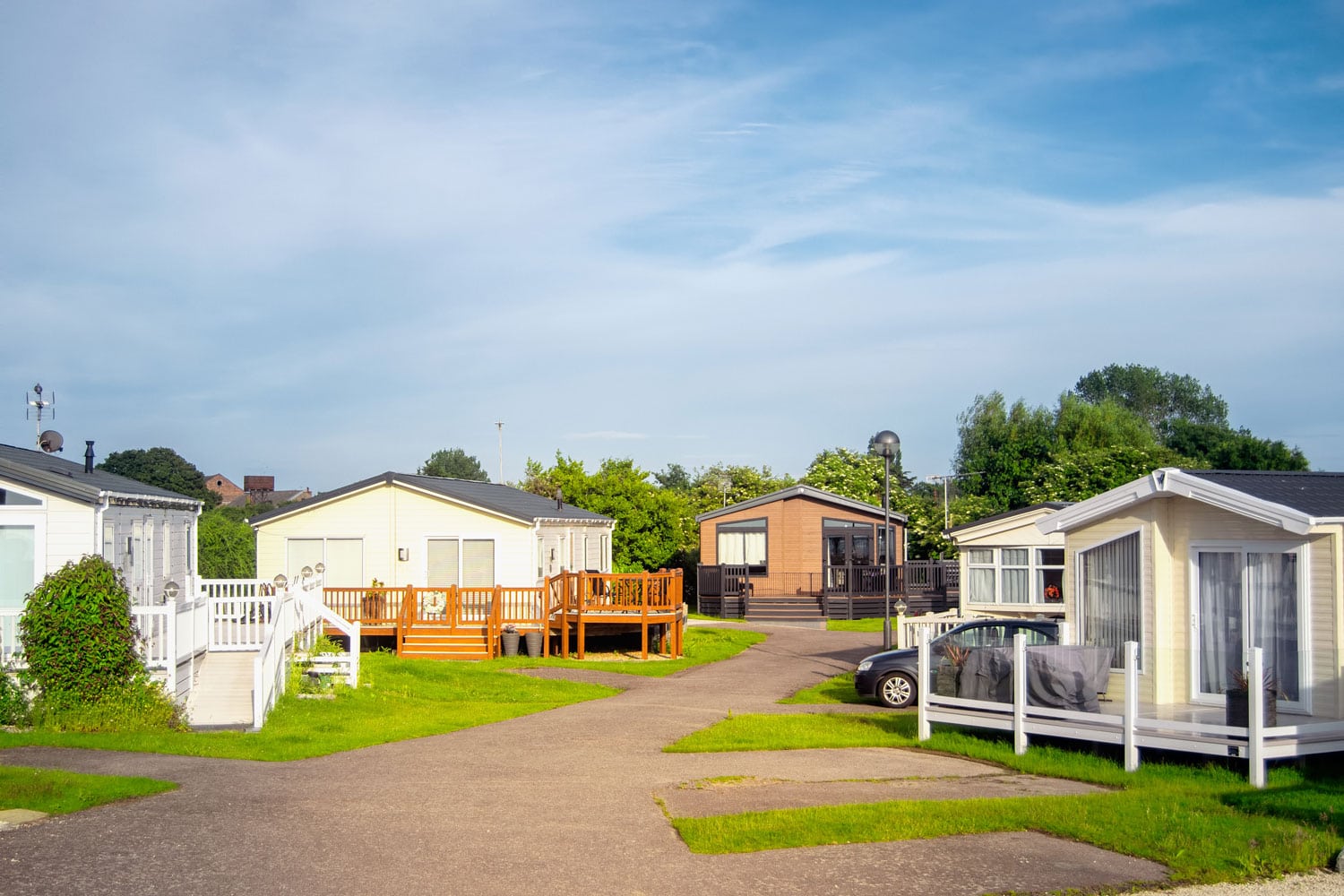
If a water leakage problem persists, your home is at risk of mold and mildew, which can cause your family to get sick. Water and warmth create the perfect environment for mold spores to grow and spread.
Unfortunately, you cannot always see it because it can form within walls, ceilings, and underneath floors, where it becomes a problem that is out of control before you even know that it is there.
Standing water is also a breeding ground for bugs and pests you don't want around your home because they can cause more damage. Water bugs, silverfish, and termites are common pests that water attracts.
Once in your home, they begin to infiltrate your walls and look for additional food sources such as actual food or things like old books or fabrics. Once settled in your home, they breed, leading to a pest infestation that may require an exterminator.
Mosquitos are another pest attracted to standing water because it is the perfect place to lay eggs. Mosquitos are dangerous because they carry diseases such as West Nile, Zika, Malaria, and several forms of Encephalitis, to name only a few.
Another issue with excessive water is that it can cause structural damage to your foundation and your home. Wood exposed to water over time will begin to rot, while metal can start to rust.
You can also have damaged insulation, flooring, furniture, and personal items if a minor leak suddenly becomes a flood of water.
Further, since many homeowners policies do not cover flood or water damage without adding specific coverage, you may have to pay for expensive repairs out of pocket.
How Long Before Water Damage Causes Mold?
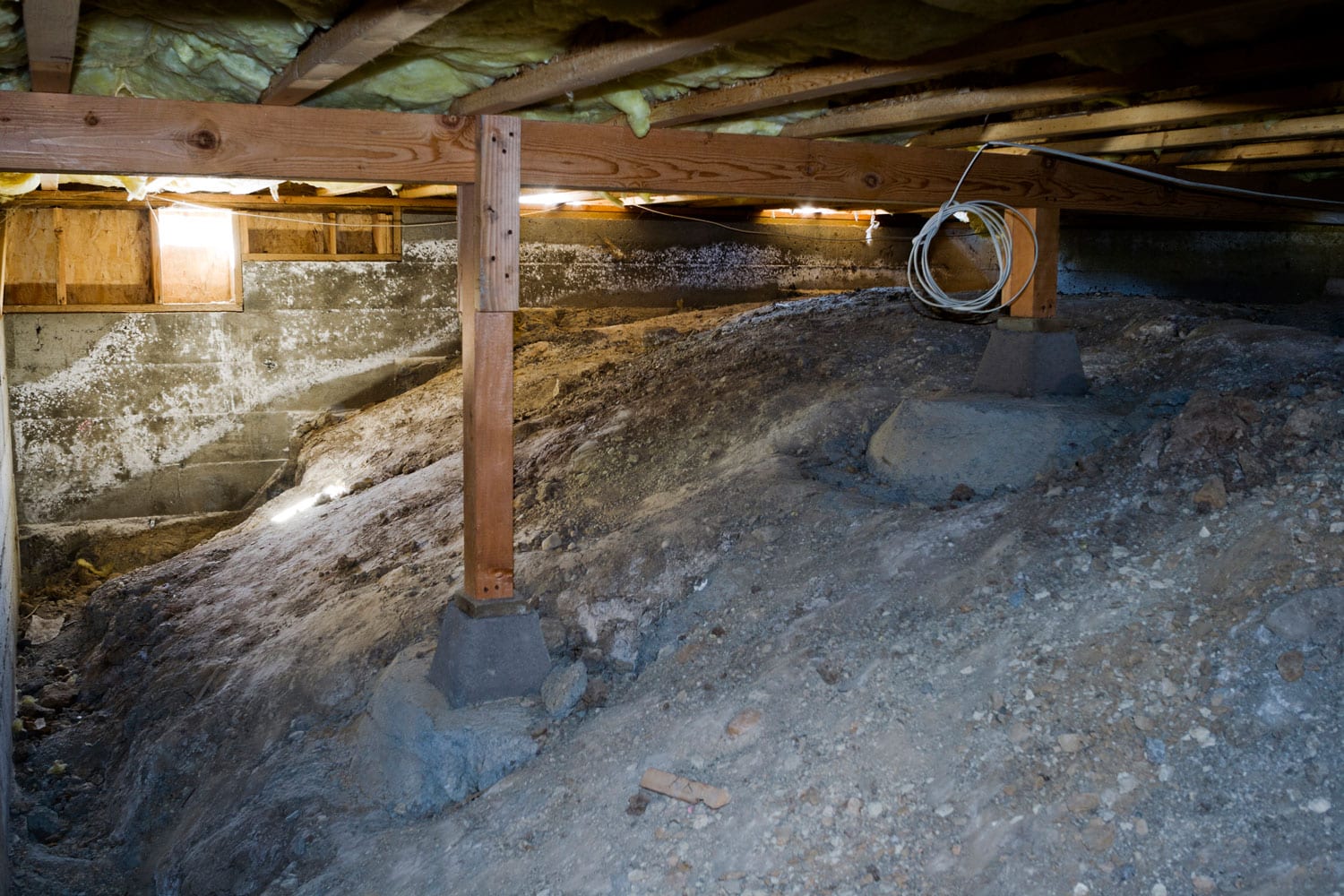
Mold and mildew can form within 24-48 hours of a water leak. The spores are colonizing before you see mold, so you can't visually dismiss the risk. That's a huge concern, considering it can take five days or even longer for water damage to dry out completely. Therefore, any leak or standing water puts your home at risk.
In addition to drying out any areas where water accumulated, clean all surfaces. A mixture of water and detergent works, but it is best to add some bleach to kill any mold spores.
Even after cleaning up, you still need to monitor the affected area for high humidity that could still breed mold. Also, if you begin to notice a musty smell, it may indicate that mold is present and that you still have a problem. If allowed to get out of control, you may have to contact a professional mold removal company.
Continuous exposure to mold can irritate allergies and cause respiratory issues like asthma, especially in small children. It is not a problem that should be ignored, and it can usually be eliminated if addressed early.
In Closing
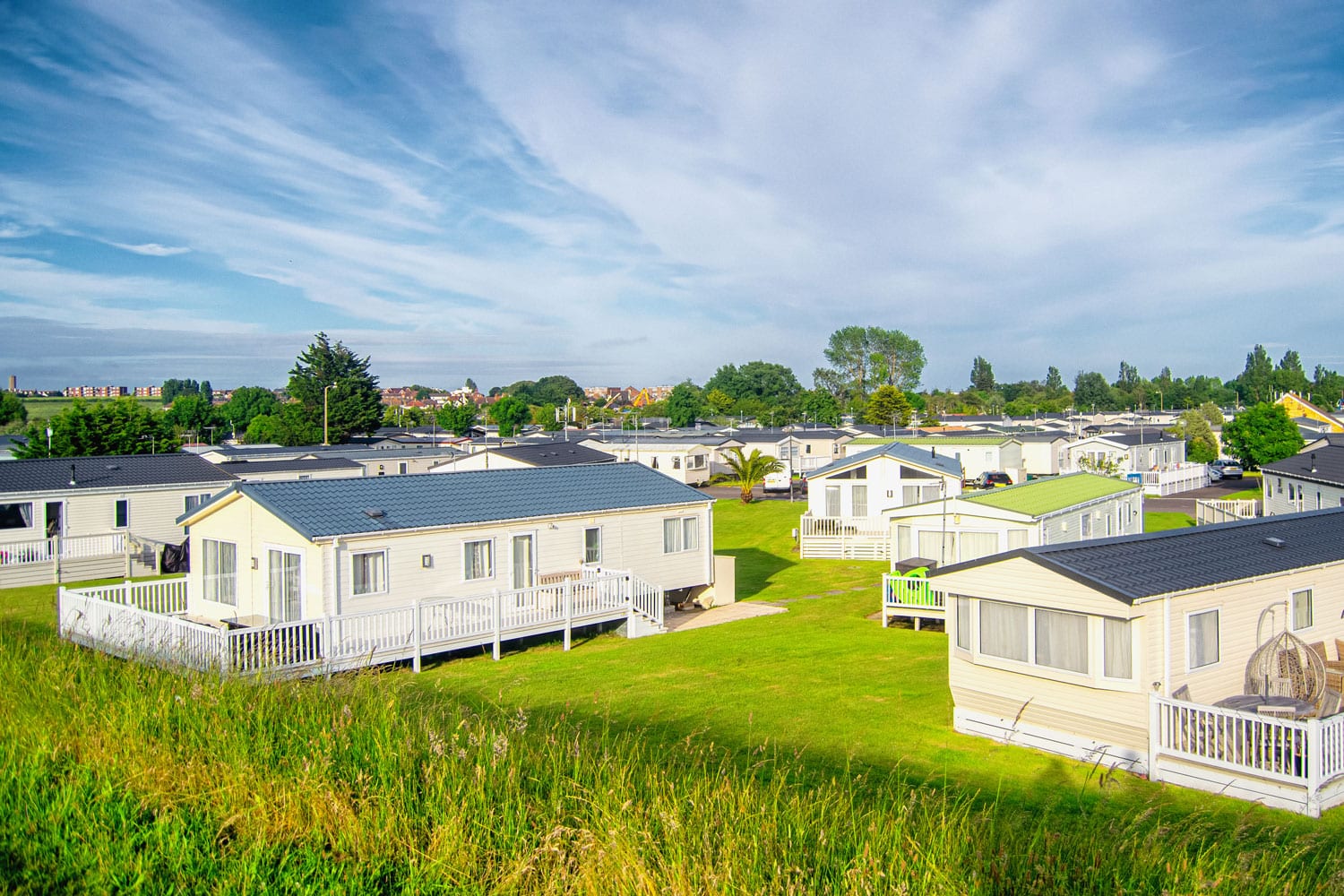
Water or moisture underneath your mobile home should be addressed quickly. This article provided several effective methods to dry out the area to help prevent future damage to your home.
For more helpful information about mobile home maintenance, take a look at this post: How To Insulate Mobile Home Underbelly And Floor
You may also find this post interesting: How To Insulate Mobile Home Walls And Windows



